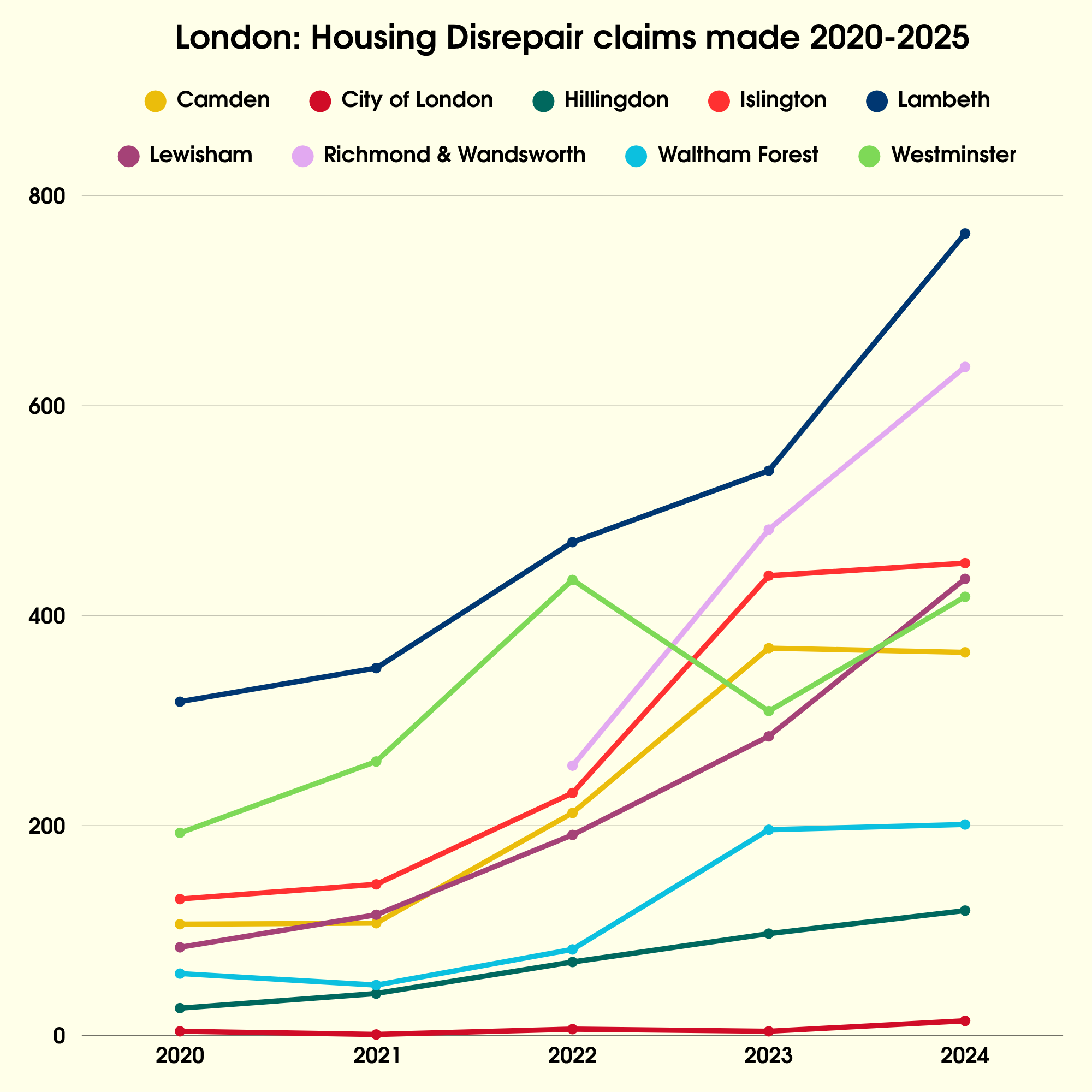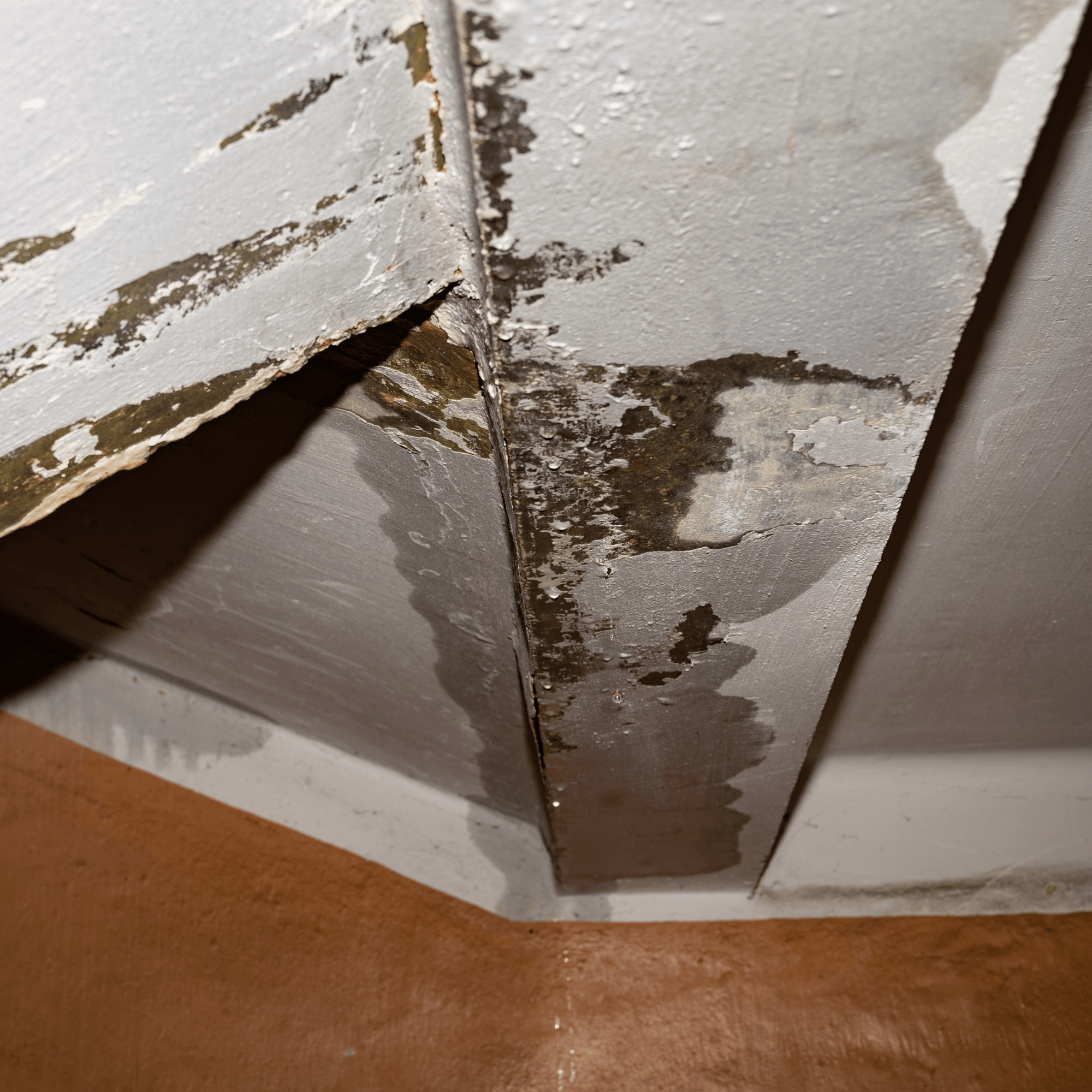Conclusive proof that Housing Condition claims are on the rise
Data on Housing Condition claims has been notoriously scarce – until now. Pabla + Pabla Solicitors have sourced new data which conclusively proves that these claims, and their associated legal costs for local councils, have risen significantly in the last 5 years.
Key findings:
The basic hypothesis of this report, that Housing Disrepair claims are on the rise, has been conclusively proven using Freedom of Information-obtained data that has never before been seen publicly. The data shows that:
- The volume of Housing Disrepair claims have risen, on average, 392% in the last 5 years.
- Councils and Housing Associations spend, on average, 428% more on Housing Disrepair-based legal costs than they were 5 years ago.
- Across just 40 local councils and Housing Associations, £2,544,262,479.10 was spent in the last 5 years maintaining deteriorating housing stock.
- Many councils believe that growing Housing Disrepair claims are restricting their ability to maintain their properties.

By comparing figures, and breaking down comments made by the respondent councils, this report paints a clear picture of Housing Disrepair claims rising across the country. With this information, it is hoped that stakeholders will make informed decisions and prioritise tenant redress moving forward.
Claims are rising in volume due to factors such as new legislation (Fitness for Human Habitation Act 2018, Awaab’s Law 2025, etc), the general deterioration of the UK’s social housing stock, and increasing public awareness of tenant’s legal rights.

How the data was sourced:
To source the data found in the report, Jacob Poole of Pabla + Pabla Solicitors contacted every single council in England and Wales with FOIA requests. He asked:
- Year by year, how many Housing Disrepair claims have you received?
- Year by year, how much did the council pay in legal costs related to these claims?
- Year by year, how much did the council pay on maintenance costs on their social housing stock?
- Any further comments?
A total of 81 councils and Housing Associations responded – giving this report the broadest national dataset yet compiled on social Housing Disrepair claims.
Although comments are out of the scope of the FOIA, many councils also chose to respond with points contextualising the data they provided.
Other councils did not respond, either because they have transferred their housing stock to Housing Associations, or because they deemed the information requested too time consuming to compile. FOIA requests was also sent to Housing Associations in England and Wales, but only three responded.
As data was sparse pre-2020, the data in the report largely starts from this point.
Quotes from the team behind the report:

Writer and researcher, Jacob Poole, said: “I am excited to share my findings with other professional bodies in the housing market. We can finally acknowledge with statistics that legal claims brought against social housing providers is on the rise. Using this information, it is my hope that we can aim to be more transparent moving forward in discussions about redress.”

Supervisor of the project and writer of the foreword, Christian Potter, said: “The UK’s social housing provision is very disparate, meaning that obtaining collective data about claims, repairs, and damages, is logistically very difficult. This has led concerned parties to surmise, estimate, or altogether guess as to the true scope of the changing social housing landscape. Now, with data collated for the first time, we hope that all parties can engage in discussions from a common starting point. I am pleased that we can bring this data to a wider audience and hope that the conversations that follow, will benefit the most important party of all – the tenant.“
—END—



